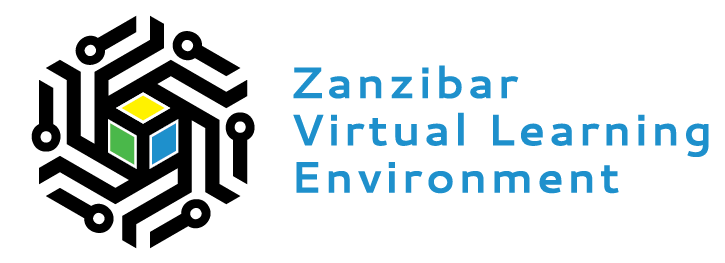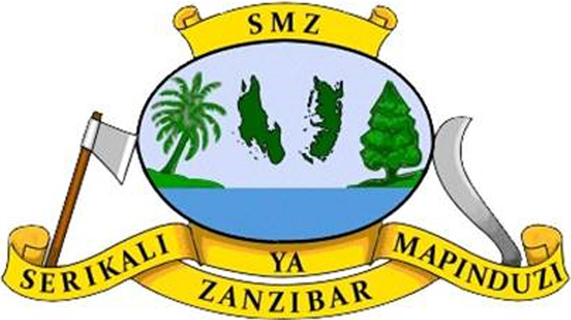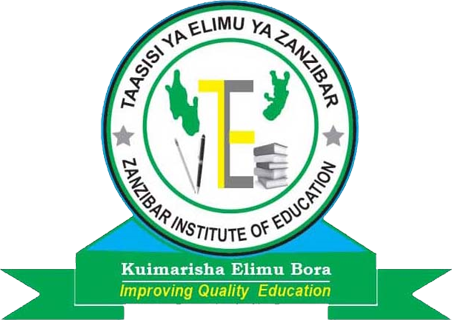Outcomes:
- Determine if a liquid is acidic, basic, or neutral
- Place acids or bases in relative order
- Describe on a molecular scale, with illustrations, how the water equilibrium varies with pH
- Determine concentration of hydroxide, hydronium and water at a given pH
- Relate liquid color to pH
- Predict (qualitatively and quantitatively) how dilution and volume will affect the pH and concentration of hydroxide, hydronium and water


